When he heard a thunderstorm was rolling in, Veritas Church pastor Jake Each called home to talk to his 17-year-old son Moses.
“Hey, Mo, run outside to the fire pit and put the camping chairs away,” said Each, who lives in Cedar Rapids, Iowa. “I don’t want them blowing away.”
Mo did—but this wasn’t a thunderstorm. As he was running back to the house, in derecho winds that would top 100 miles per hour, an apple tree uprooted right behind him. The neighbors’ pool flew over his head. And the wind knocked him flat on the ground.
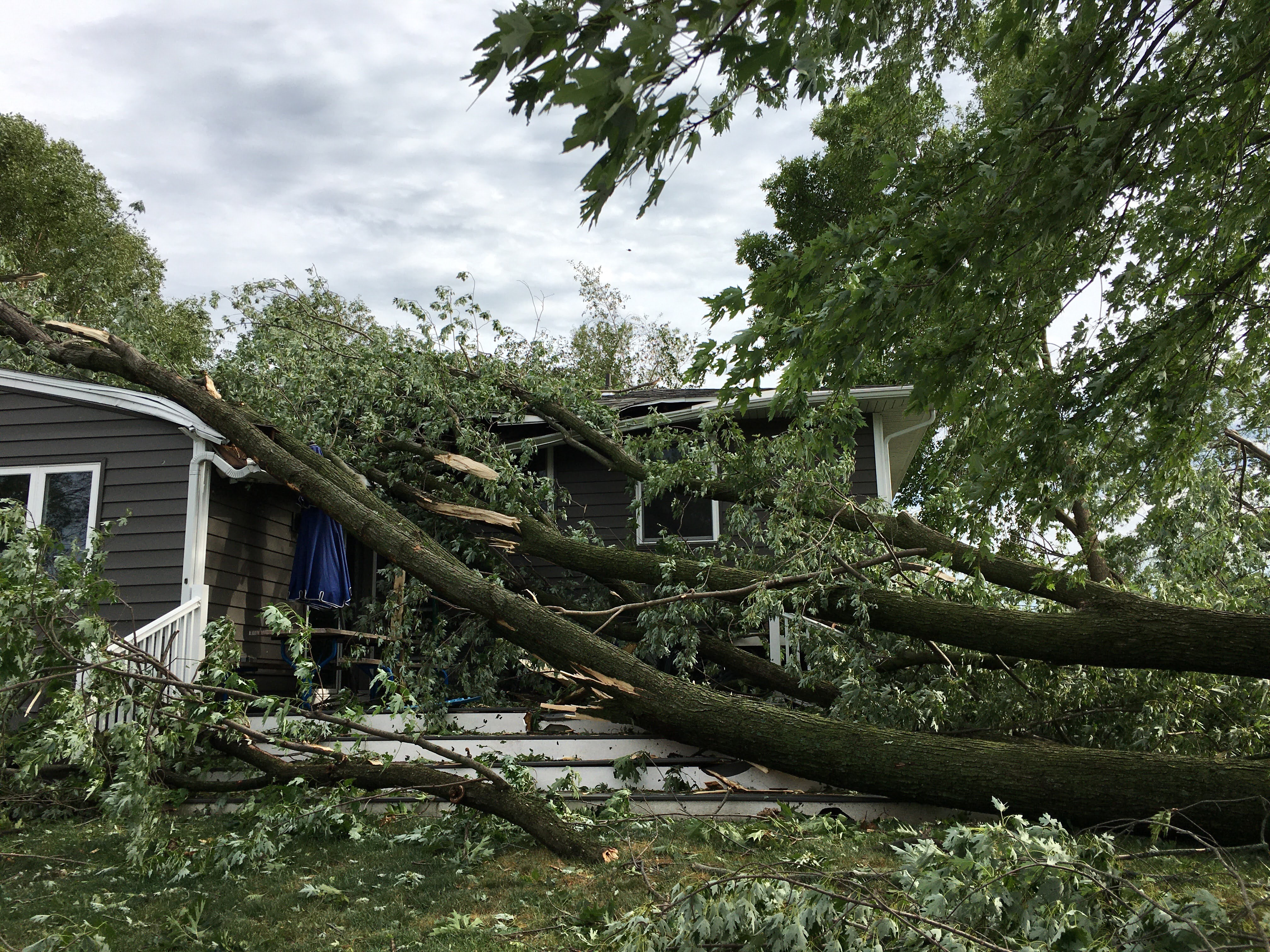
At church, Each’s staff was gathered by the windows in the office area, watching as the sky got darker and wind got stronger, watching as debris began to hit the windows, watching until something hit the glass so hard it shattered.
“Everybody’s like, ‘We’re going to the basement,’” said Each, who has the work ethic of a farmer at harvest time. “I was like, ‘I gotta get this done first.’” He stayed at his desk until the power went out, then walked around to see which windows had broken.
“I’ve never seen a storm like this,” he said. “I’ve never seen that strong of a wind for that long of a time.” Afterward, his 10-minute drive home—slowed by downed trees and power lines and traffic—took 45 minutes.
“The first two days, all we heard were sirens all the time,” said Faith Bible Church pastor Steve Benton, who rode out the storm in his basement (though not before he watched winds around the house turn circular, and visibility drop to 10 feet).
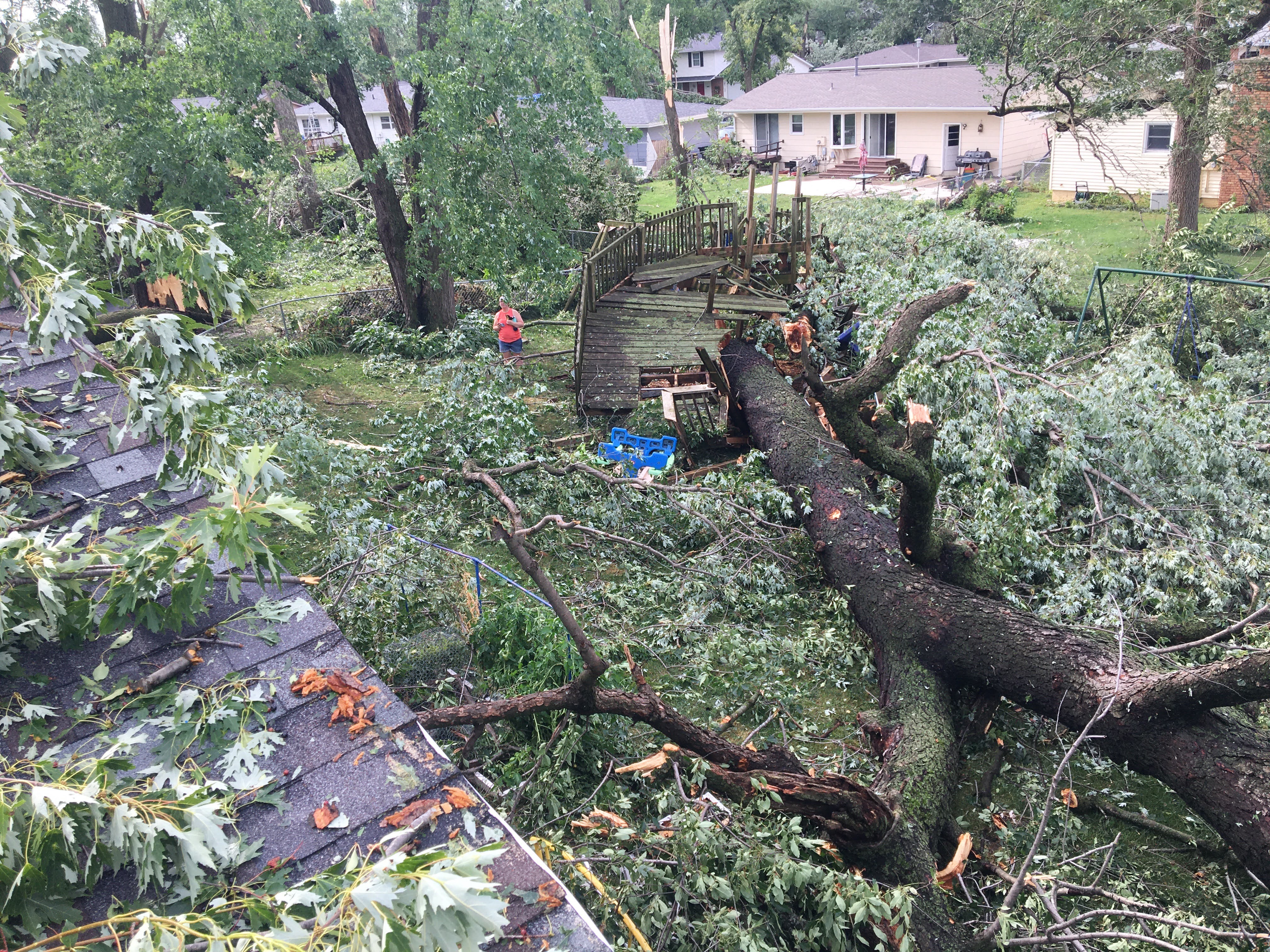
Cedar Rapids was the storm’s hardest-hit city, with toppled trees, damaged homes, and wrecked businesses in every square mile, city manager Jeff Pomeranz told USA Today. The city of about 130,000 is the state’s second-largest (behind Des Moines) and no stranger to bad weather. From 1950 to 2010, it had more than 4,000 extreme weather events, including nearly 280 tornados, 29 blizzards, and 468 floods.
It’s a place where thunderstorm warnings and tornado watches are so common that people don’t go immediately to the basement, but first check outside to see if the clouds or funnels are moving their way (or figure they’ll keep working till the lights go out).
Before the derecho, Cedar Rapids’ most famous natural disaster was the flood of 2008. Heavy snow and rain caused the Cedar River—which usually runs about 12-feet deep in flood stage—to crest at 31 feet. The water flooded more than 10 square miles of the city, displacing more than 10,000 people.
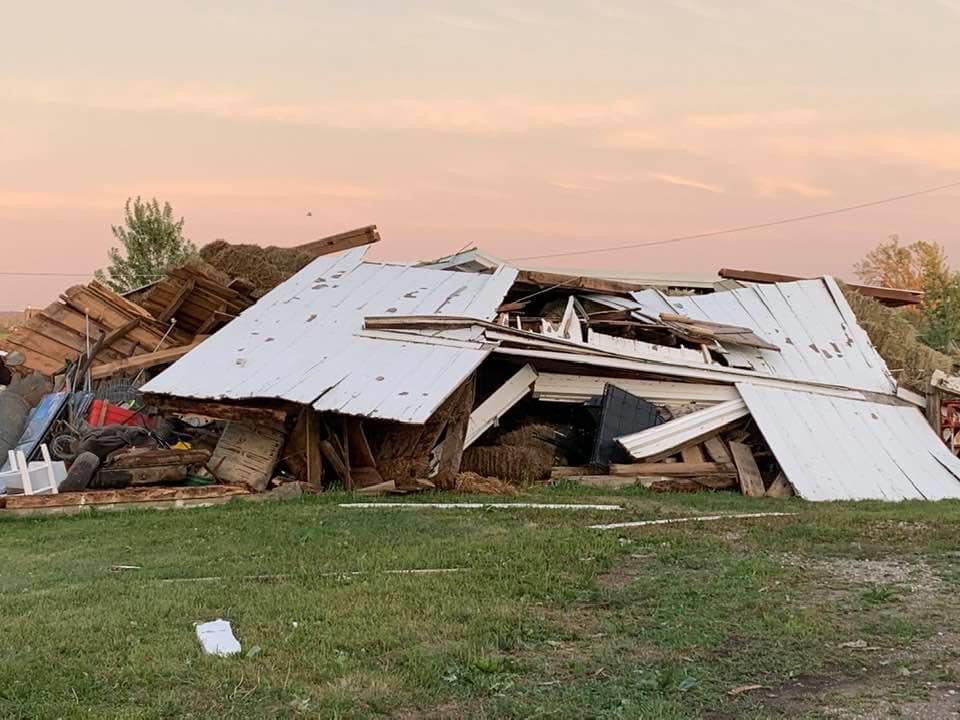
That was bad, but this is worse, officials said. The winds nailed every one of the city’s 75 square miles. More than 1,000 housing units are too damaged to live in. Nearly a week later, half the city still didn’t have power. Half the city’s tree canopy is gone.
The storm felt like another gut punch to an area already economically sagging from COVID. The city’s biggest employer is Collins Aerospace, which supplies electronic systems to aircraft; as that industry goes, so does employment in Cedar Rapids. Grain processing is also critical to the city, and the winds knocked over more than 3.5 million acres of corn and 2.5 million acres of soybeans in Iowa.
In town, the damage is widespread but spotty. “Some of us are fine, and some of us have a tree in the house,” said Redeemer Church pastor Donovan Santamaria, who still doesn’t have electricity at home. Several churches in town had their roofs torn off; almost all have downed trees, broken windows, or missing shingles.
“People are frustrated and weary,” said New City Church co-pastor Rod Dooley. “That’s why it’s so important for the church body to encourage each other.”
They have been.
Church Response
“We sent out a mass text message, asking people to reply if they needed help or if they were willing to help,” Each said. This was trickier than it sounded; since cell towers were down, people had to drive for miles to get a cell signal.
“The primary need is getting trees off property or off the roof,” he said. “Some people didn’t have water. A lot of people needed a generator. Some needed a place to stay.”

Veritas has been to more than 100 homes already, clearing branches and brush and, in one case, cutting out an older couple trapped in their house.
“It’s been cool for our community to see a church family—which is full of people who have their own devastation—show up at a house and knock out [the tree cleanup] in an hour,” he said. “And then when they’re done, they go to the neighbor’s house too.”
One member of Redeemer “identified a couple of really impoverished apartment complexes and is trying to coordinate some help there,” Santamaria said. Hundreds of residents—many of them refugees from African nations—have been living in tents after the roof and walls of their building were damaged by the wind.
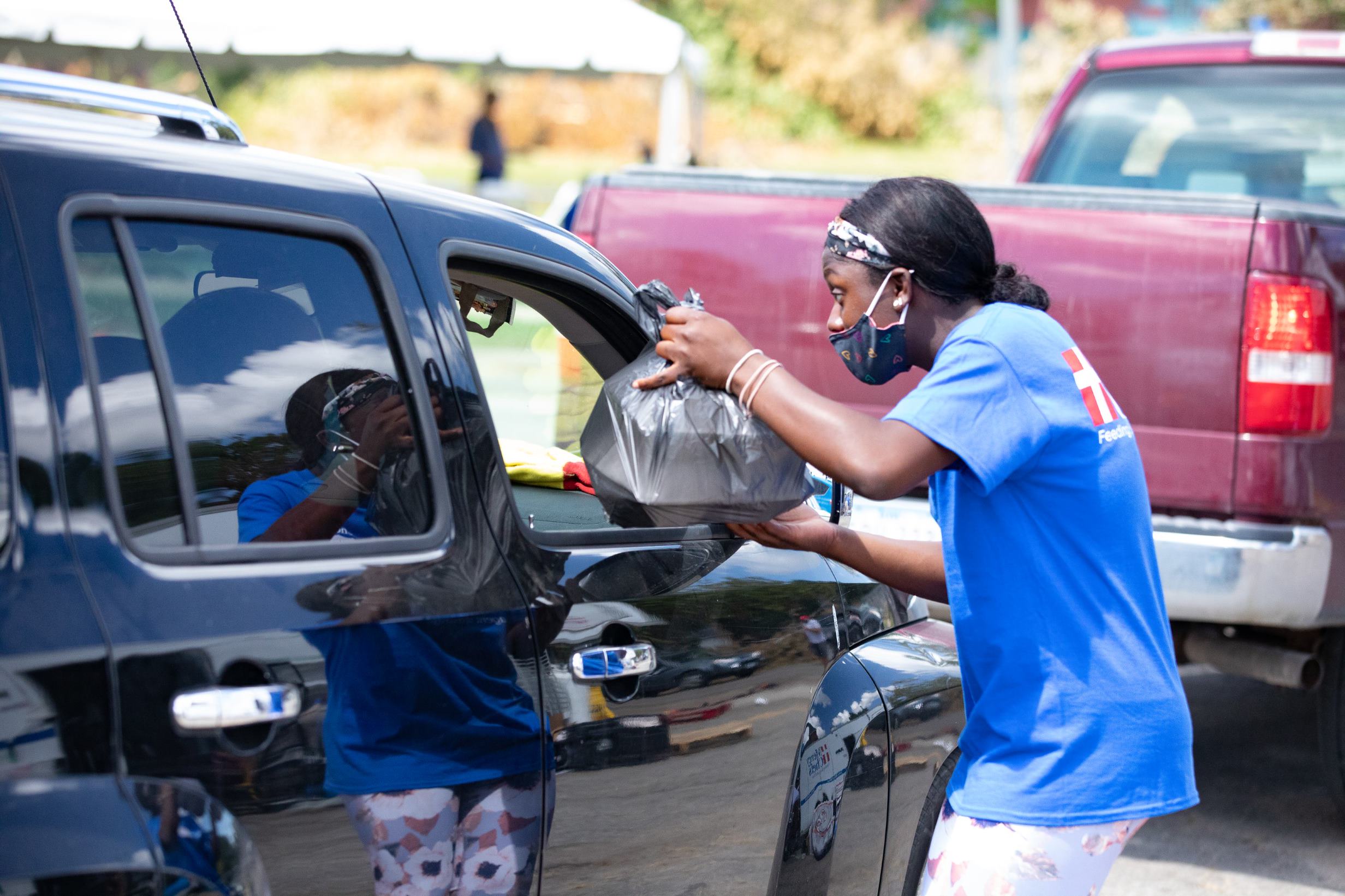
New City Church is trying to figure out a way to help them, too. New City is a church merger—an unusual one—and before COVID, they worked to convert one of their buildings into an outreach center called The ROC Center.
“Then COVID happened, and we had to shut it down,” co-pastor Daniel Winn said. “We limped along for four to five months. We were starting to get some programming in place, but we needed it to get some recognition.” Nobody knew it was there.
They do now. This week, the faith-based Mercy Chefs ministry used it as a base. “On Sunday alone, we fed 6,000 people from The ROC Center,” Winn said. (“God is so good,” his co-pastor Rod Dooley added.)
New City also offered the space to a local pregnancy center whose building was damaged. Bridge Haven is “currently at The ROC Center with Mercy Chefs during lunch and dinner hours handing out diapers, formula, feminine hygiene products, and other household items this week,” the website says.
Gospel Hope
On Sunday, some churches without power were back to meeting only online. But Northbrook Baptist Church was back in person, and pastor John Janke was surprised at how many came.
“We told them it wasn’t going to be a normal service—just a focus on praise and prayer,” said Janke, who spent the week running a chainsaw instead of reading theology and writing a sermon.
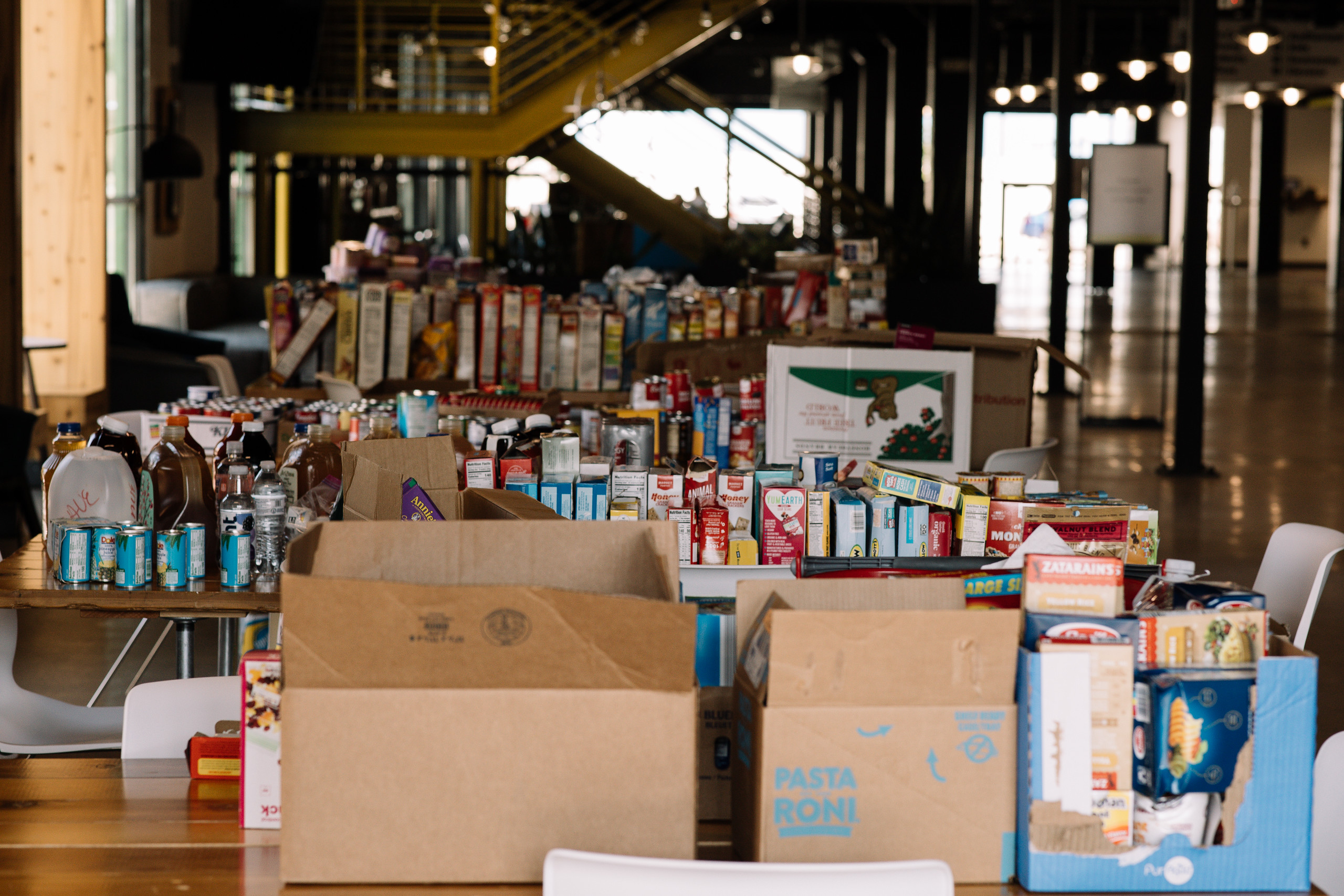
Northbrook started with a time of praise, and people shared how grateful they were for physical safety. (Only three people in Iowa were killed.) They thanked God for their church family, who had shared water and meals, generators to power fridges and phones, or bedrooms to stay in. Later they prayed for their city, asking God to care for needs and to show them how they could help.
“I intended for the service to go about an hour,” Janke said. “It ended up going two.”
He’s encouraged by the conversations his congregation has been able to have about their faith. “For me personally, when you say to somebody, ‘I’m a pastor,’ you get this weird response. From there on out you’re an alien talking to them,” he said. “So it was great for me to be out there with my chainsaw. All of a sudden I’m a normal guy to them. It’s really opened doors with people.”
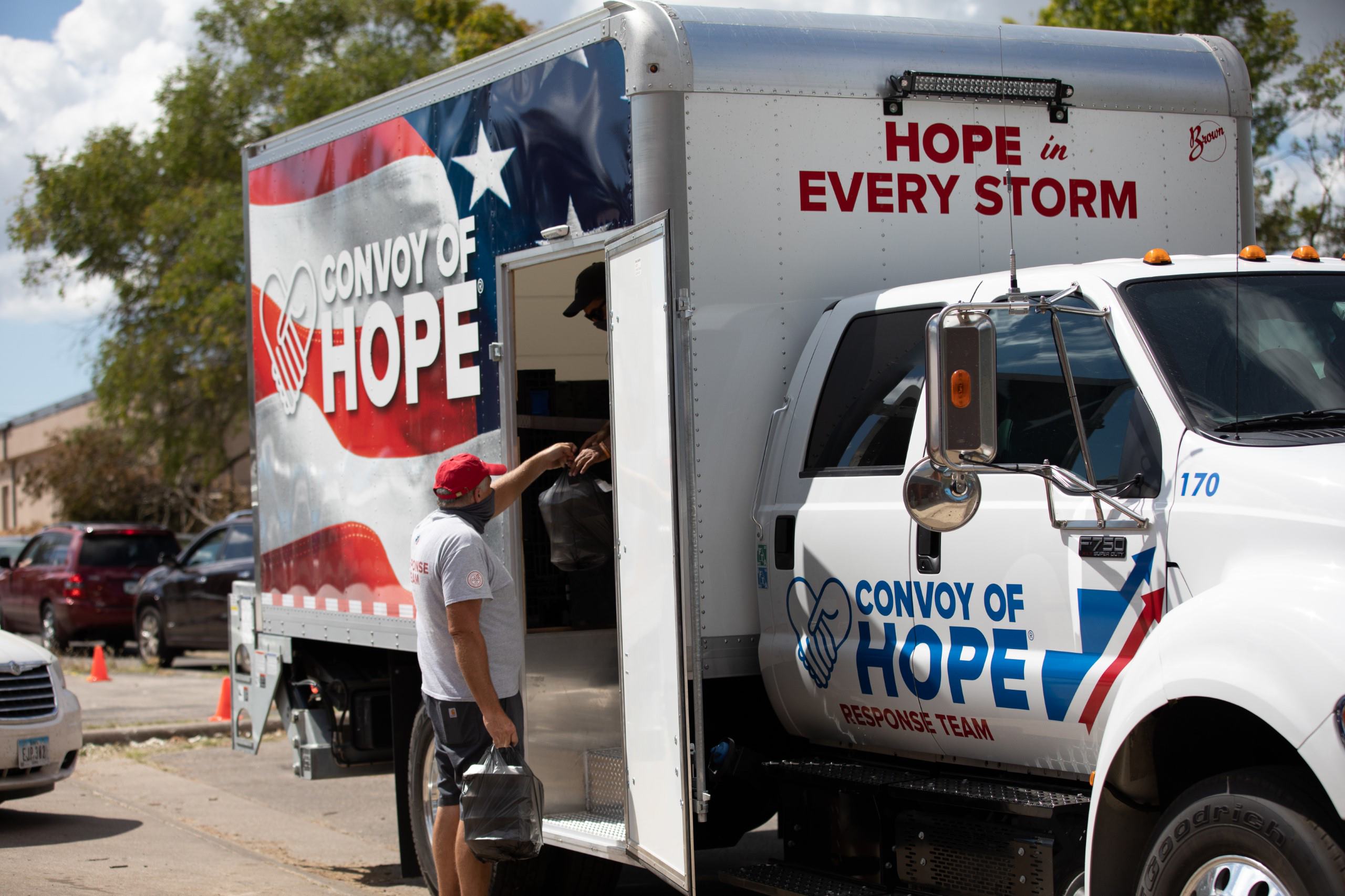
The assistance of faith-based relief organizations, from Mercy Chefs to Samaritan’s Purse to the Southern Baptist Convention’s Send Relief, will also help with future witness, Janke said. Even this year’s string of disasters is sparking questions: Is this the end of the world? Is this what the Bible is talking about? Do I need to read the Bible?
“There have been amazing opportunities to share Christ,” Winn said. “On Wednesday I was up on a roof with a neighbor four or five houses down—I don’t get to talk to him a lot. And we got to have this conversation about the Lord. . . . I’ve never had the opportunity to do that with him before.”
Benton sees the same conversations, and for him, the timing feels providential. He expects Faith Bible to be back in person next Sunday—the church now has power—and the week after that, to begin a long-planned evangelism program to help people share their faith.

“We’re so excited about it,” he said. “We’re praying for the church to be a witness in this time. . . It’s been encouraging to talk with some of our church family who have been witnessing as they’re helping people—talking about their hope in Christ.”
Matt Proctor, pastor of Cornerstone Church in Marion (a suburb northeast of Cedar Rapids), is doing the same thing. As he helped clean up the property of a couple in their 80s, he asked the woman how she was doing.
“[God] must be mad at us right now,” she told him.
“God always loves us,” Proctor said. “But he will go to great lengths to get our attention.”
“Certainly, there are more developed theological replies, but that’s what I had after hours of tree cleanup,” he told TGC. “Tim Keller summarized it better with these words: ‘When we look at the cross of Jesus, we may not know the answer to “Why does God allow evil and suffering to continue?” . . . We can know, however, what the answer isn’t. It can’t be that he doesn’t love us.’”
Read More
The Gospel Coalition
